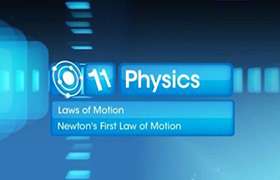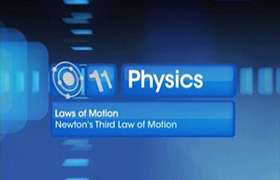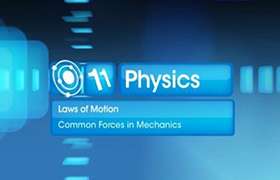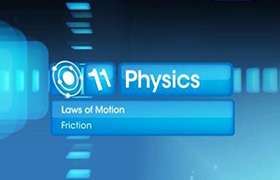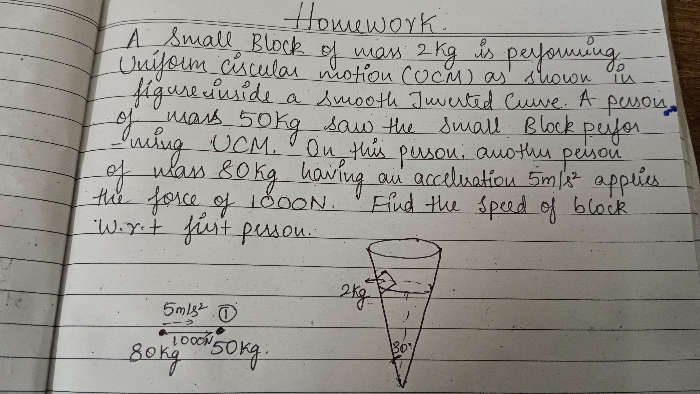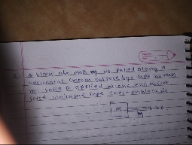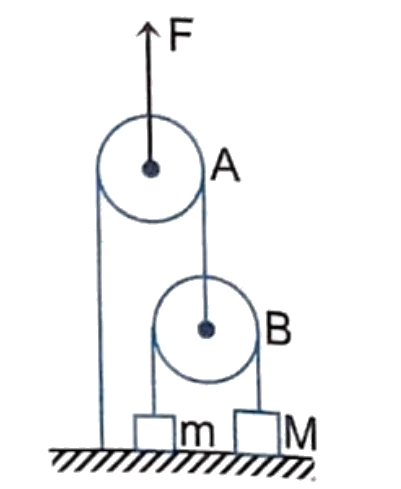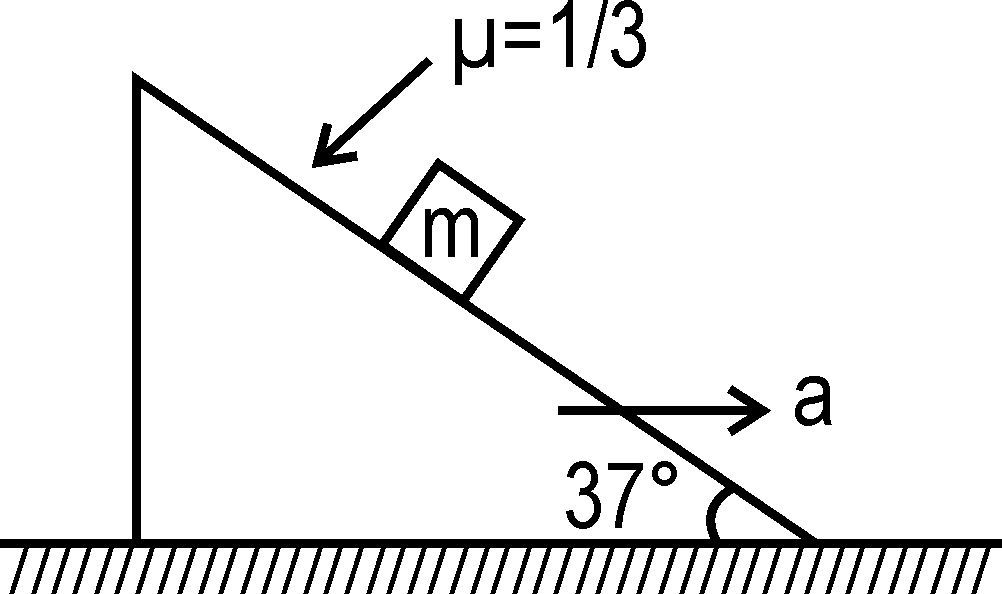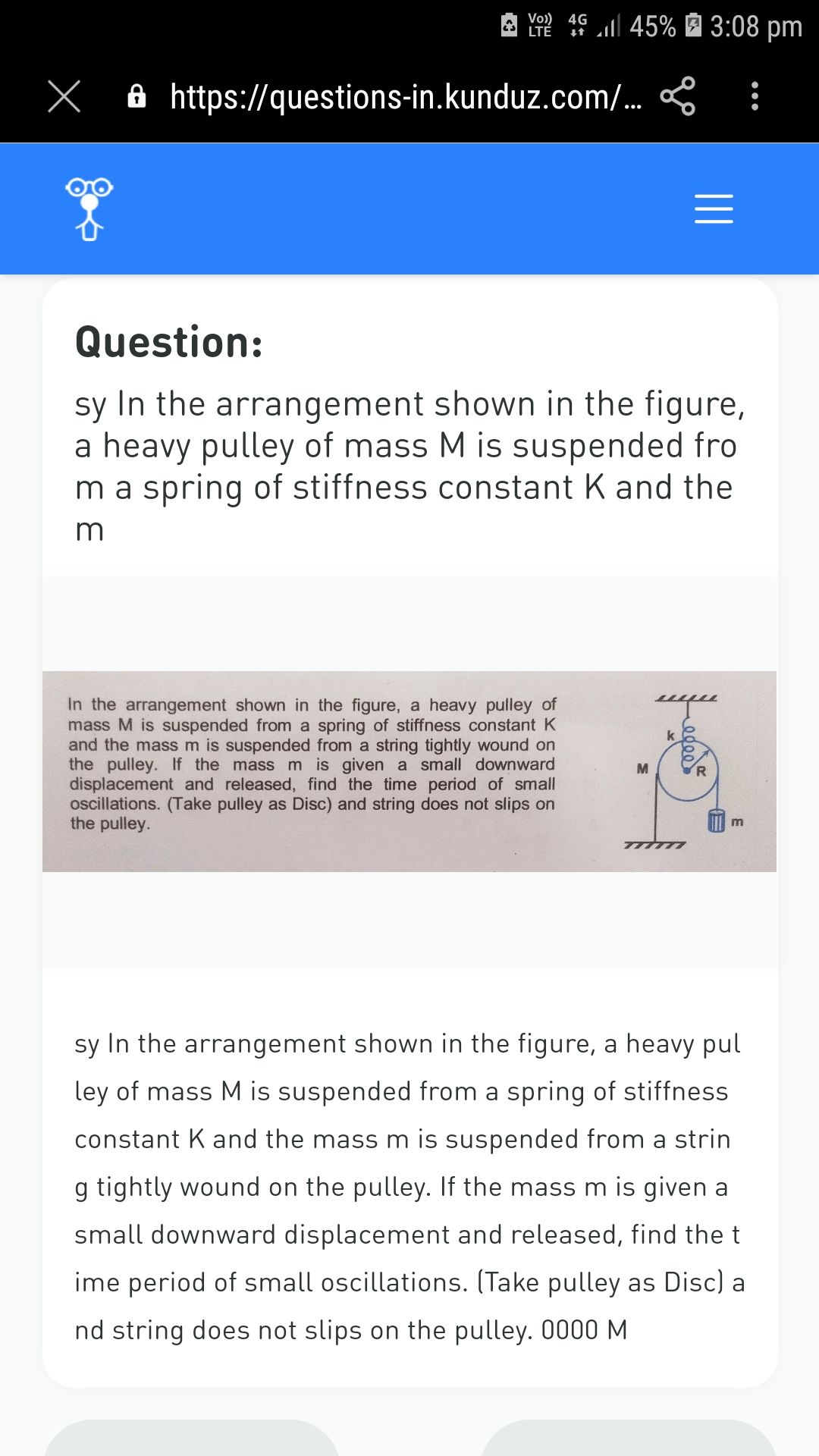CBSE Class 11-science Answered
To achieve flight, you have to exploit the four basic aerodynamic forces: lift, weight, thrust and drag. You can think of them as four arms holding the plane in the air, each pushing from a different direction.
First, let's examine thrust and drag.Thrust, whether caused by a propeller or a jet engine, is the aerodynamic force that pushes or pulls the airplane forward through space. The opposing aerodynamic force is drag, or the friction that resists the motion of an object moving through a fluid (or immobile in a moving fluid, as occurs when you fly a kite).

If you stick your hand out of a car window while moving, you'll experience a very simple demonstration of drag at work. The amount of drag that your hand creates depends on a few factors, such as the size of your hand, the speed of the car and the density of the air. If you were to slow down, you would notice that the drag on your hand would decrease.
We see another example of drag reduction when we watch downhill skiers in the Olympics. Whenever they get the chance, they'll squeeze down into a tight crouch. By making themselves "smaller," they decrease the drag they create, which allows them to zip faster down the hill.
A passenger jet always retracts its landing gear after takeoff for a similar reason: to reduce drag. Just like the downhill skier, the pilot wants to make the aircraft as small as possible. The amount of drag produced by the landing gear of a jet is so great that, at cruising speeds, the gear would be ripped right off the plane.
For flight to take place, thrust must be equal to or greater than the drag. If, for any reason, the amount of drag becomes larger than the amount of thrust, the plane will slow down. If the thrust is increased so that it's greater than the drag, the plane will speed up.
Weight's opposing force is lift, which holds an airplane in the air. This feat is accomplished through the use of a wing, also known as an airfoil. Like drag, lift can exist only in the presence of a moving fluid. It doesn't matter if the object is stationary and the fluid is moving (as with a kite on a windy day), or if the fluid is still and the object is moving through it (as with a soaring jet on a windless day).
